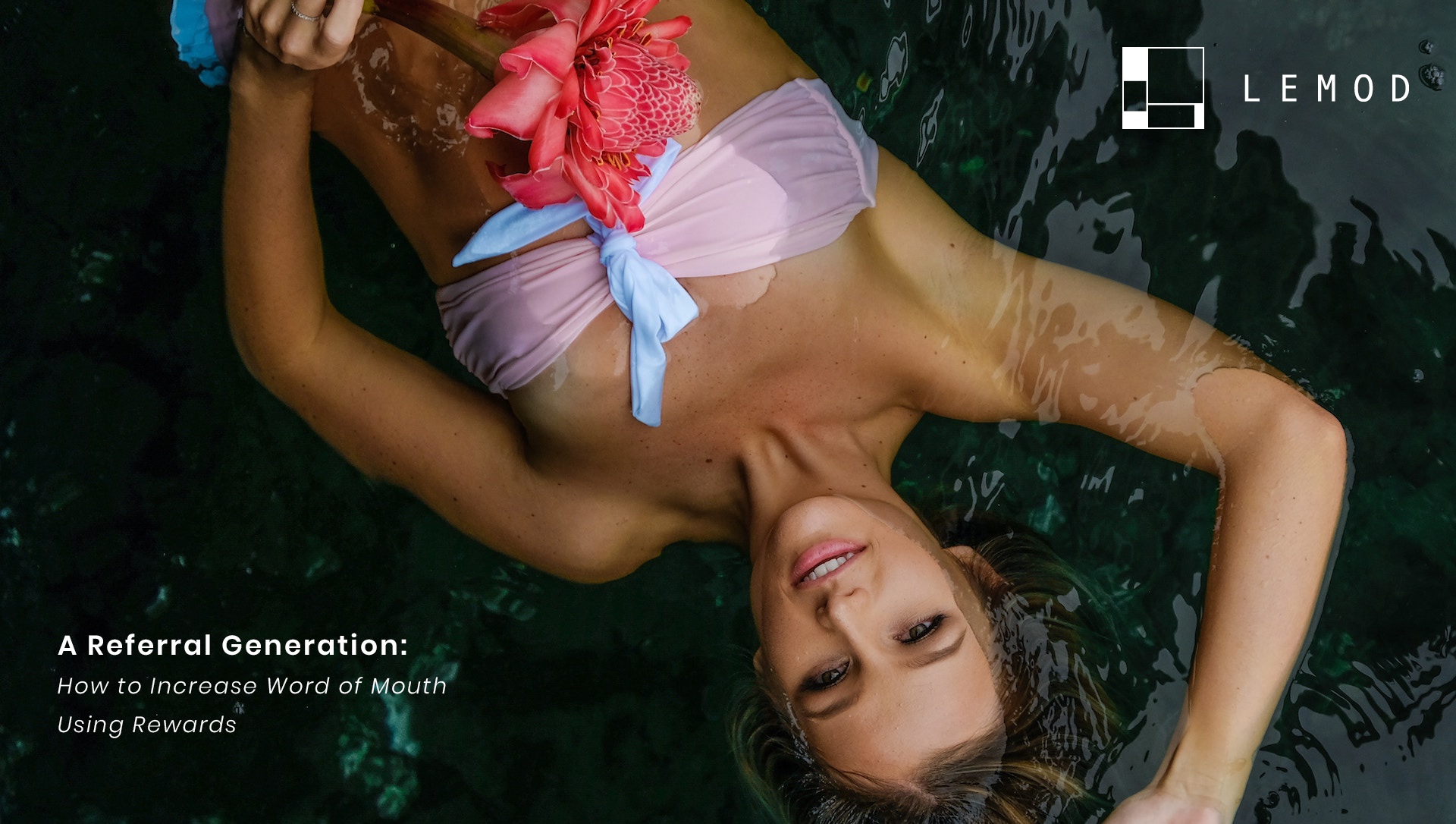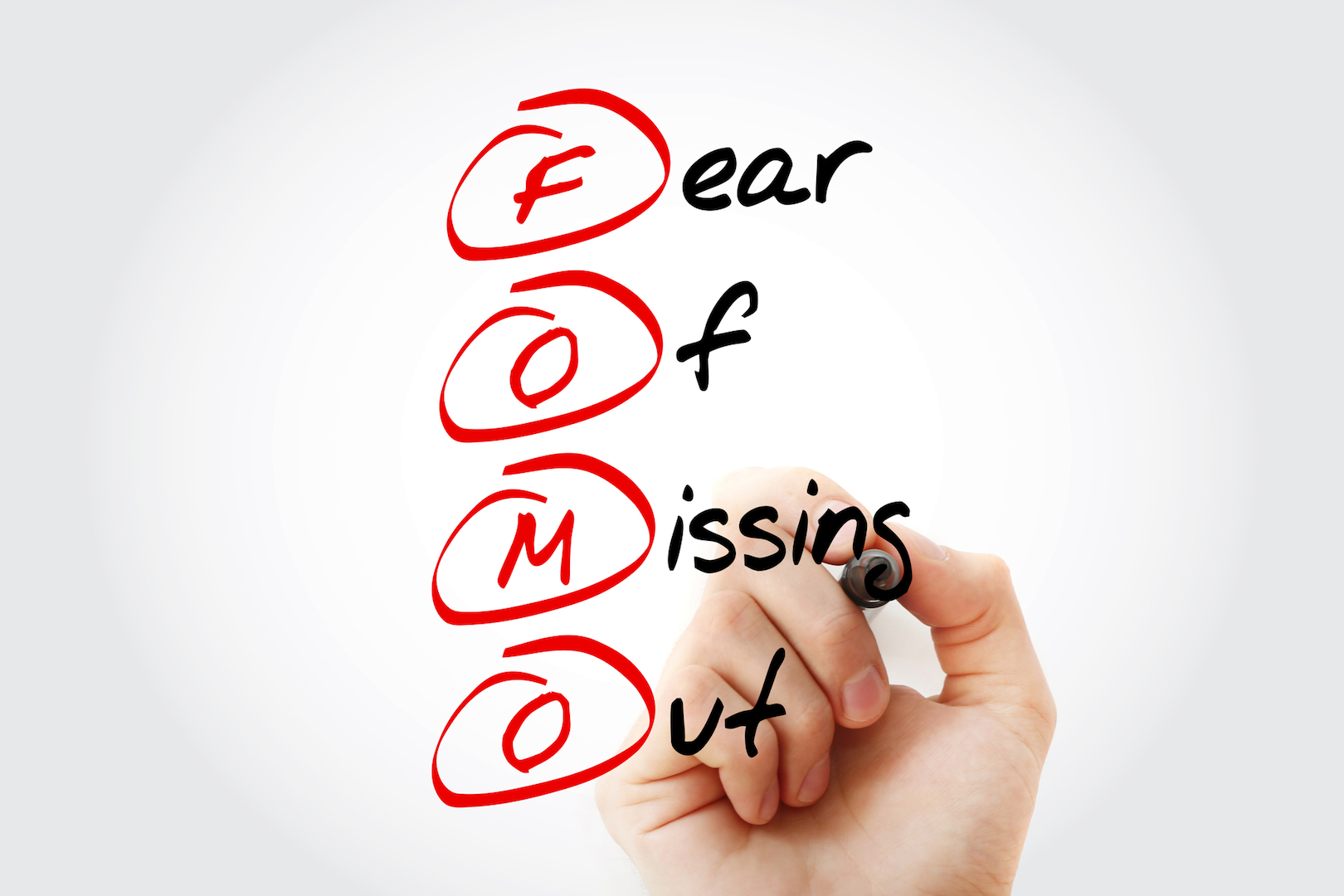
What’s the Point in Rewards?
Introduction
Loyalty programs have graduated from boutique airline tools to a business necessity because customers love saving money. Right? Yes, absolutely! But there’s no such thing as a free upgrade. The benefits of rewards for brands are extensive and multivariable. In aesthetics, a well-implemented rewards program can create a profitable bond of loyalty between client and practice. That bond can also produce significant revenue over many years in the form of repeat and referral business. In this article we’re going to take a look underneath the hood of loyalty marketing. We’ll explore how rewards programs create powerful and profitable switching barriers and demonstrate why a rewards program might be right for your aesthetic practice.
Switching Barriers
“Switching barriers” or “switching costs” account for the most important function of any rewards program. In general marketing terms, a switching barrier is an impediment, financial or administrative, to a customer‘s changing of supplier. Electronic Health Records (EHR), by nature, present incredibly effective switching barriers. Think about the cost and amount of work involved in moving your practice from one EHR to another. Terrifying right? Fortunately, not all switching barriers are the administrative equivalent of climbing Mount Everest. By understanding switching barriers in the context of loyalty, you will see how rewards programs establish highly influential staying power.
 What’s The Point?
What’s The Point?
The switching barriers created by loyalty programs can be understood through the Prospect Theory, which details the behavioral economics of financial loss and gain. In short, humans would rather not lose $1000 than gain $2000. Rewards establish units of value (points) that can be lost if not redeemed. In fact, rewards cover all bases by accessing three powerful motivations, two loss and one gain.
- The ability to save money
- The opportunity to earn future money and/or status
- Avoidance of money and/or status loss for inaction
Effective rewards programs satisfy all three motivations. For example, a practice may allow clients to earn and spend points on every service they purchase. The more the client purchases, the more savings they gain. Assign expiration dates to the points and you’ve officially created a rewards program that satisfies all three motivations. More importantly, your rewards hold no value elsewhere. Therefore, clients suffer financial loss by not returning to your practice to redeem earned rewards.
So What?
Businesses and franchises offering aesthetic treatments are expanding rapidly. Existing practices have to build switching barriers in order to stay competitive. Consider your longtime client Kelly Smith. If a Medspa pops up closer to Kelly’s residence offering cheaper services, will Kelly stay loyal to your practice? What if Kelly’s best friend tells her the new Medspa is incredible? What if Kelly receives an impressive referral discount off her first purchase and subsequent rewards on all future services? Do you think Kelly will come back? Since injection rewards can be taken anywhere, you’d need a very compelling, and likely expensive, reason to get Kelly back into your practice. That means you’ve lost the entire lifetime value of Kelly’s aesthetic treatments. By having your own rewards switching barrier, Kelly loses money, and the opportunity of money, by patronizing the new Med Spa.
 Read the Fine Print
Read the Fine Print
Caveat Lector! Rewards programs can absolutely increase revenue in a myriad of ways, but there are conditions. The single most important rule of any rewards program is marketing. Rewards programs will not market themselves and they will not thrive if they are tucked away in the corner. Every client, new or established, should know that your rewards program exists and how it works. The success of a rewards program means making your loyalty program as much a part of the practice experience as consent forms. Please note, an implied element of marketing is ensuring your staff has bought into the program and are incentivized to help it grow Other factors include: making it easy to understand, keeping customers informed, offering multiple ways to earn points and/or loyalty status, and continually testing and adapting to your client population.
In Summary
In order to remain a stable figure in the long and profitable aesthetic voyage of your clients, you have to make sure they don’t jump ship onto a less expensive boat. Rewards programs create a switching barrier that will, at the very least, give your clients pause before they decide to patronize another business. Furthermore, earning points and saving money activate emotions that are associated with positive feelings and actually making people feel smarter. Although rewards programs require upkeep and attention, the loyalty created by offering client rewards is indisputable. If you’re interested in starting an aesthetic rewards program for your practice, and would like a turnkey digital solution, simply book a demo here.
![]()
By Clark Cave & Jessica Marin
Post a comment
You must be logged in to post a comment.





